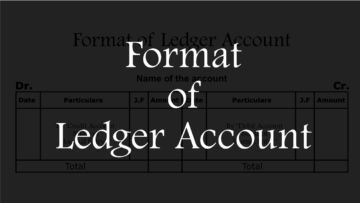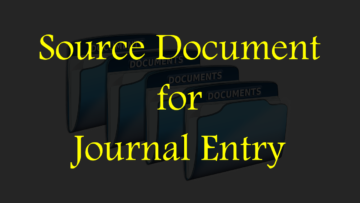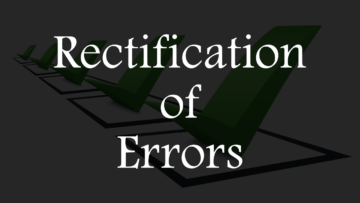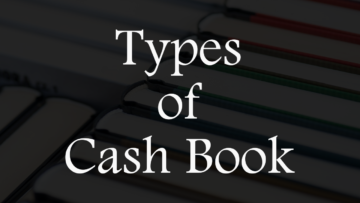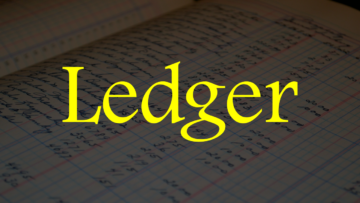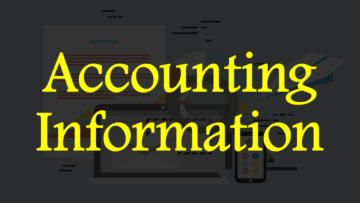When a business is run, there are many types of expenses and income and these are very important for the business because without them the business cannot run. If someone wants to know about the business then it becomes very important to manage these expenses and income because by managing these expenses and income many types of reports are prepared in the business with the help of which one can know the progress and status of the business. One of these reports is the profit and loss account which helps in showing the performance of the business.
The main objective of preparing a profit and loss account is to calculate profit or loss in a business using data for a certain period. For this, income, expenses, etc. are required. A profit and loss account is prepared only when the business is involved in trading activity. For this, the result of the trading account is necessary because it is prepared only when the result of the trading account is declared. The result of the profit and loss account is also shown in the balance sheet.
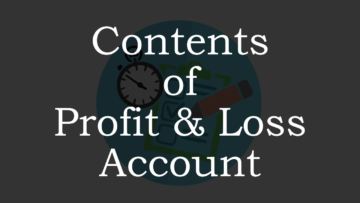
Table of Contents
Contents of Profit and Loss Account
Following are the contents of profit and loss account:
| Debit Side | Credit Side |
| Gross Loss | Gross Profit |
| Indirect Expenses | Indirect Income |
| Net Profit | Net Loss |
1. Gross Loss:
Gross loss is calculated with the help of trading account and is recorded on the debit side of the profit and loss account. Gross loss in business occurs when the debit side of the trading account exceeds the credit side. In simple language, when income is less than expenses, there is gross loss. To calculate gross loss, direct income, expenses, etc. are required such as purchases, sales, sales returns, purchase returns, inward freight charges, customs duties, etc.
2. Indirect Expenses:
Indirect expenses mean expenses other than direct expenses which are recorded in the profit and loss account. Indirect expenses include salaries, marketing expenses, printing and stationery expenses, office expenses, selling expenses, etc. It plays a very important role in running the business and is the last expenses incurred in the business. Indirect expenses are recorded on the debit side of the profit and loss account because the profit and loss account are a nominal account and it directly affect the net profit and loss.
3. Net Profit:
Net profit is the actual profit of the business as it is calculated after adding and deducting all the income and expenses of the business which are recorded in the trading account and profit and loss account. It is recorded on the debit side of the profit and loss account. When the credit side of the profit and loss account exceeds the debit side the business has a net profit. In simple language, when income in a business exceeds expenses, it is called net profit. The objective of every business is to earn net profit.
4. Gross Profit:
Gross profit is calculated with the help of trading account and is recorded on the credit side of profit and loss account. When a business makes profit from trading activities, it is called gross profit, and only direct income and expenses are used to calculate it. If the business has opening and closing stock, this is also included. Gross profit occurs when the credit side of the trading account exceeds the debit side.
5. Indirect Income:
Indirect income means income from activities other than trading activity like interest received from the bank, commission received, discount received, dividend received, profit on sale of fixed assets, etc. Indirect Income is recorded on the credit side of the profit and loss account because profit and loss account is a nominal account. Indirect Income helps in reducing losses and increasing profits but not completely.
6. Net Loss:
Net loss is the actual loss of the business as it is calculated after adding and deducting all the income and expenses recorded in the trading account and profit and loss account. Every business tries to avoid net loss in business. It is recorded on the credit side of the profit and loss account. When the debit side of the profit and loss account exceeds the credit side the business suffers a net loss. Net loss helps in adopting an appropriate strategy for the business.
Read Also:
QNA/FAQ
Q1. On which side of the profit and loss account are indirect expenses recorded?
Ans: Indirect expenses are recorded on the debit side of the profit and loss account.
Q2. Why are indirect expenses recorded on the debit side of the profit and loss account?
Ans: Because profit and loss account are a nominal account.
Q3. On which side of the profit and loss account are indirect income recorded?
Ans: Indirect income is recorded on the credit side of the profit and loss account.
Q4. Why is indirect income recorded on the credit side of the profit and loss Account?
Ans: Because profit and loss account are a nominal account.
Q5. Is the net loss recorded on the credit side of the profit and loss account?
Ans: Yes, net loss is recorded in the credit side of the profit and loss account as it credits the profit and loss account.
Q6. Why is net profit recorded on the debit side of the profit and loss account?
Ans: Because net profit debit the profit and loss account.
Q7. Write the contents of the profit and loss account.
Ans: Following are the contents of profit and loss account:
Debit Side
1. Gross Loss
2. Indirect Expenses
3. Net Profit
Credit Side
1. Gross Profit
2. Indirect Income
3. Net Loss



